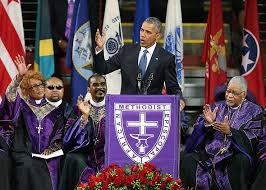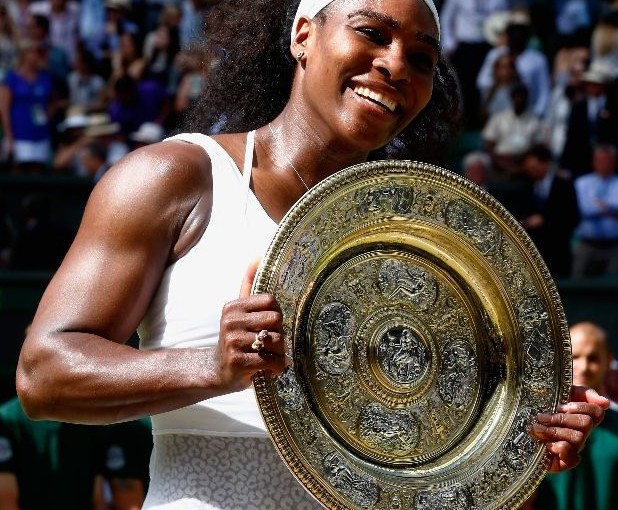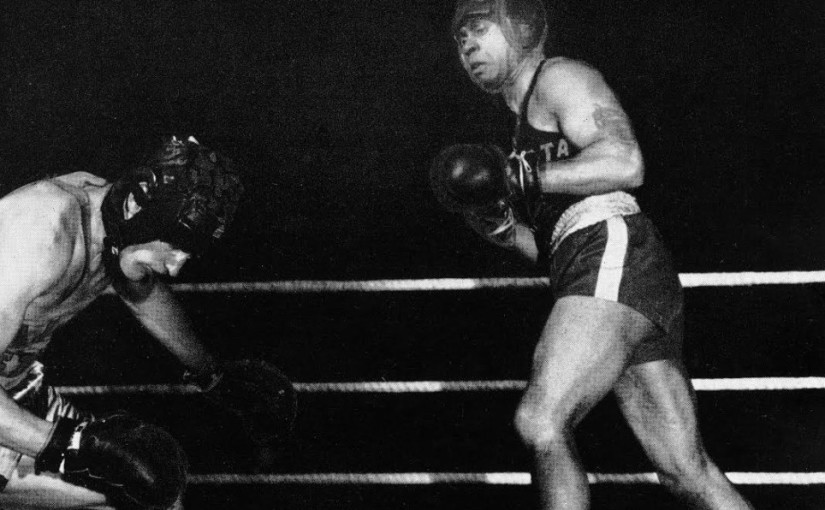By Ron Thomas
If deity could frown, ….. and fret collectively, then Boston must have been in a funk from June until December.
Favorite ………… ……………..
During ………………………….. . ………………………………..
“There was great concern,” said Bob Woolf, Bird’s agent, friend and next door neighbor. X-rays revealed foreign bodies in the elbow but rest was the prescribed cure. “The elbow is so delicate that if you…. In there (surgically) you could serve ………….” Woolf said.
Then during this preseason Bird – who will lead the Boston Celtics against the Warriors in tonight’s game at the Coliseum Arena (Channel 36, 7:30) – tried to play with recurring back pain that began during the offseason.
“One day I woke up with a minor pain that I thought was just like other injury – a bruise that will go away.” Bird said after yesterday’s practice. “A week later it started bothering me a little more. Two weeks later, I had some problems. A month later, I was in bed and this if from just shooting and playing ball. I waited too long to see a therapist that knew what he was doing.”
When training camp began, Bird says he was “struggling real bad.” Bird missed practice time and exhibition games. If he came out of a game for a few minutes, his back stiffens and sometimes he had to go to the locker room to stretch before he could play again.
When the regular session began, Bird could pass and rebounds as well as ever, but he lacked quick acceleration to the ……. …. Shot was off, he couldn’t …….. over to pick up the ball. ………….. …………
“I struggled for a month to two months,” Bird said, “When (the back pain) quit, my game just started coming.”
“All of a sudden,” B…… coach K.C. Jones said, “he was moving and fluid and he was the old Larry Bird. Everything was there. The flow on the shot, the cuts, the moves and the pass.”
That was mid-December and Bird’s game has soared ever since. ……. Even to new heights, which is not easy for someone who has won the NBA’s last two Most Valuable Player awards.
The past two months, he played as well as I’ve seen anyone play ……… Danny A……………. …………………
BIRD ON ONE OF THOSE ROLLS – UNSTOPPABLE
points, 14 rebounds and eight assists, even though he was ejected (with two technical fouls) with 10 minutes left to play in Monday’s loss in Phoenix.
The streak began with back-to-back ripple-double against Seattle and Portland. The latter was a dreamland performance that included 47 points, 14 rebounds, 11 assists, 21 for 34 shooting, at least eight baskets with his left hand, the game-tying basket that forced over time and the game winning jumper with Trail Blasers hanging all over him for a one-point victory.
“He was awesome,” Ainge said that night. “On the last shot, I saw him go up and I said to myself, ‘No no,’ but he made it, I couldn’t believe it and I think he even got fouled on the play.”
“Three times,” Bird said. “I got fouled three times before I finally hit the shot.”
That was no surprise. “Bird is maybe the greatest clutch player that ever played the game,” said Portland coach Jack Ramsay, usually a master of understatement.
“There’s a lot of guys who can shoot it if they’re up by one or it’s a tie score,” Bird said. “There aren’t many guys in this league who are going to take the shot. If they’re down by one – especially the last second shot.
“That’s a tough shot to take. To tell you every time I would like to do that, that would be ridiculous.”
But Bird takes it – and makes it – again and again.
I shot so much, by the time you get the ball and start moving, when you go up for the shot you don’t think about being scared or missing,” he said.
“I just do what I always do. After it leaves my hand and I watch it, that’s when I start thinking about it.”
Has he ever played better than he is now?
“I don’t know,” said Bird, who has excelled despite feeling pain in his elbow again the past month. “Some days you go in Spurts and you wonder why you do so. Some day you struggle a little bit and you wonder why you struggle.
“I play the game the same way every night, and some nights, you’re a little better than others. It’s hard to say if I’m on top of my game.”
There are technical reasons why bird even betters himself sometimes. He doesn’t know why, but shooting a lot of free throws during a game seems to help his outside shot. And recently, his teammates have been looking for him near the basket more than usual.
“Usually, if I start out hitting my inside shots, my outside shots fall too,” Bird said. “In this past two weeks, everything inside and outside has been going.”
Sometimes there is an extra special night when the game belongs to Larry Bird.
“I’ve been in a lot of games where I knew I had complete control of the game,” Bird said.
“It’s a cocky feeling. I had it (Monday) night. When the game started, I really thought I could have scored 50 points – easy.”
Bird scored 18 points against Phoenix in the first quarter, but sat out a few minutes in the second period, never regained his rhythm and finished with 24.
But the power to control a game is always there, and neither Bird not his opponent knows when it will surface.
For the Warriors, tonight may be one of those nights.
(Tomorrow: the Beginnings of Larry Bird)














